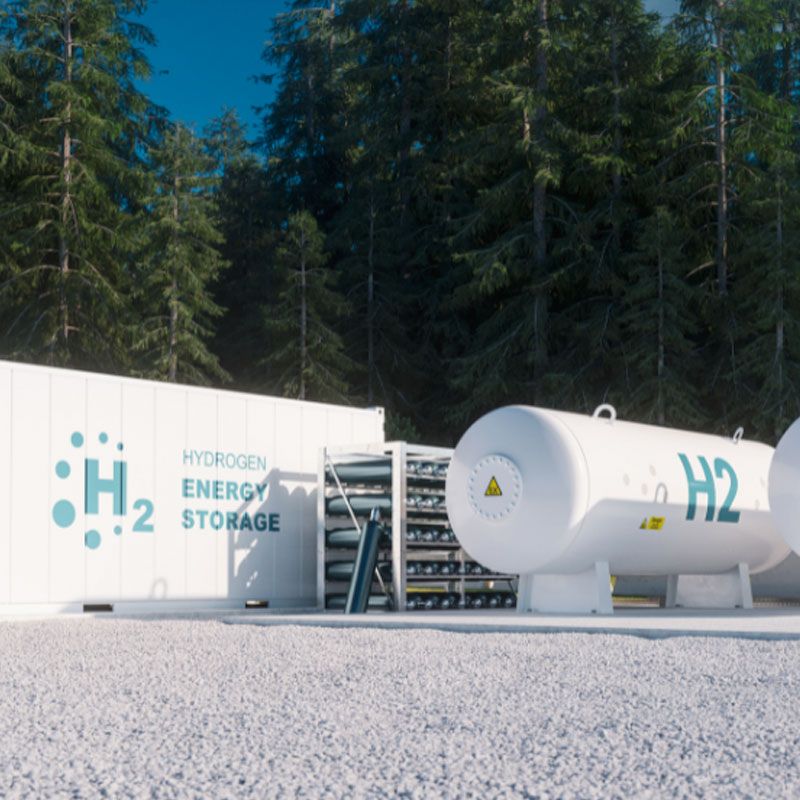
The extreme weather conditions across the globe in recent months has renewed focus on climate change, with scientists confirming a breakthrough in hydrogen electrolysis that could help lead us to a sustainable future.
Electrolysis is the process of using electricity to split water into hydrogen and oxygen. Renewable energy sources, such as wind or solar power, can already be used to successfully split the water molecules but the sheer amount of energy required has prevented “green hydrogen” from taking off.
However, new research suggests that by using a combination of different elements as catalysts it can drive the same reaction. Ruthenium and iridium have already been identified as highly effective but are scarce, as well as high cost. Scientists from Trinity College Dublin have been using quantum chemistry to come up with alternative combinations that are more readily available and cost effective, with chromium, manganese and iron looking to be the most promising.
As they continue pilot testing these catalyst combinations, there is excitement about the role hydrogen could play going forward. With that said there are a number of challenges, which demand further investment into developments in electrocatalysts. This research can be found in the Cell Reports Physical Science journal.
Topics covered
Keep reading...
All blogs-
SO announcements
Sustaining Carbon Neutrality in Partnership With Terrapass
-
Diversity and Inclusion
Pride 2023 - Demonstrating Allyship at Spencer Ogden
-
Spencer Ogden
Wind Turbines generate more electricity than gas for the first time in the UK
-
Wind Energy
Global economies called to increase wind production by 21% by 2030 to reach net zero goals
-
Awards
Spencer Ogden is proud to announce they have been named a winner of the 2022 Nation’s Best and Br...





